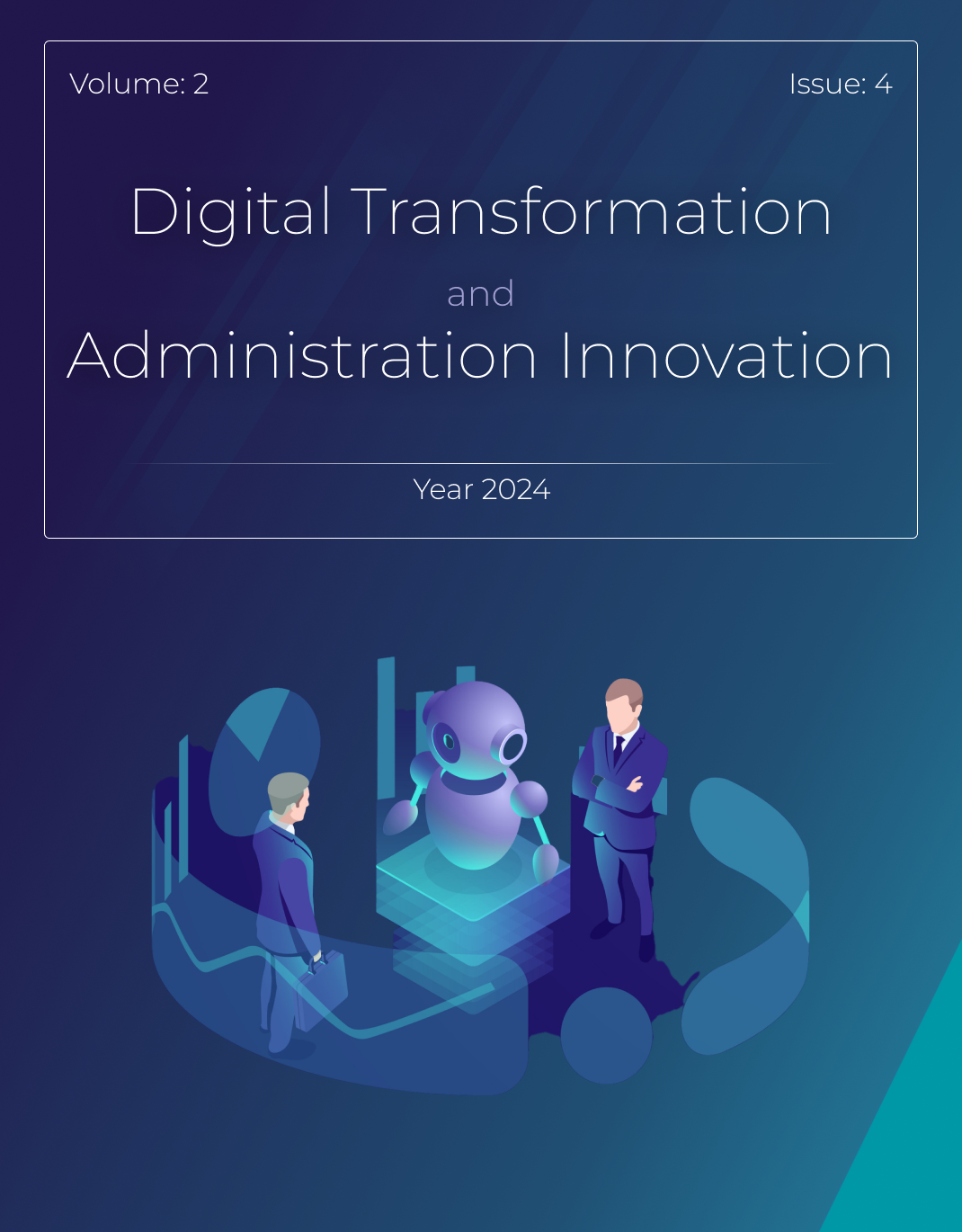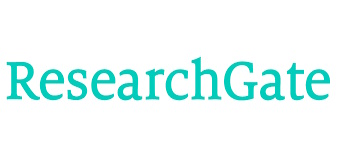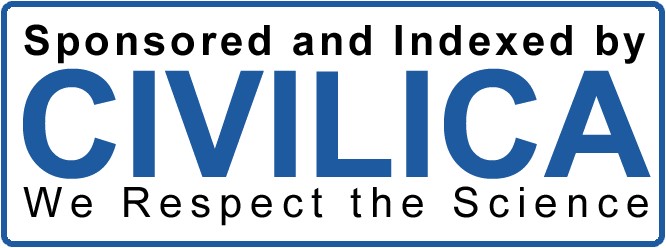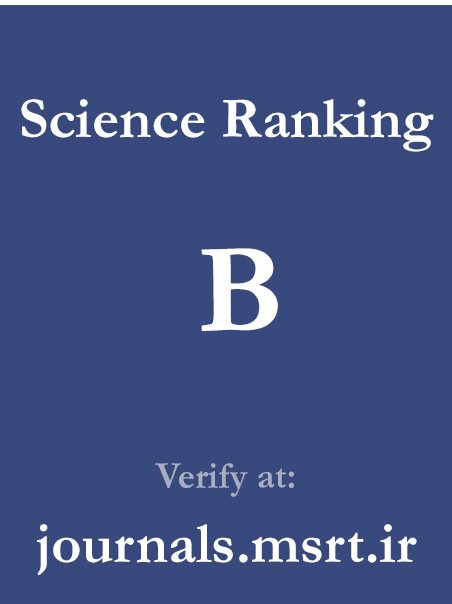Submissions
Author Guidelines
Authors are invited to make a submission to this journal. All submissions will be assessed by an editor to determine whether they meet the aims and scope of this journal. Those considered to be a good fit will be sent for peer review before determining whether they will be accepted or rejected.
Before making a submission, authors are responsible for obtaining permission to publish any material included with the submission, such as photos, documents and datasets. All authors identified on the submission must consent to be identified as an author. Where appropriate, research should be approved by an appropriate ethics committee in accordance with the legal requirements of the study's country.
An editor may desk reject a submission if it does not meet minimum standards of quality. Before submitting, please ensure that the study design and research argument are structured and articulated properly. The title should be concise and the abstract should be able to stand on its own. This will increase the likelihood of reviewers agreeing to review the paper. When you're satisfied that your submission meets this standard, please follow the checklist below to prepare your submission.
Digital Transformation and Administration Innovation (DTAI) follows a strict set of guidelines to ensure that all submitted manuscripts meet the highest standards of academic quality and adhere to the expectations for publication. This document provides detailed instructions on manuscript preparation, submission, and formatting for authors intending to submit their work to the journal.
Please carefully read these guidelines before preparing your manuscript for submission.
General Information
- Scope: DTAI publishes original research articles, review papers, case studies, and conceptual papers in the fields of digital transformation and administration innovation. The journal welcomes contributions that address emerging trends, theoretical advancements, and practical applications in these domains.
- Language: Manuscripts must be submitted in English. Authors for whom English is not the first language should consider having their manuscript proofread by a professional before submission to ensure clarity, coherence, and correct usage of language.
- Ethical Standards: All submissions must adhere to the ethical standards outlined in the Publication Ethics section. Manuscripts involving human participants, animal studies, or sensitive data must comply with relevant ethical guidelines.
- Manuscript Type: All manuscript types (research articles, reviews, case studies, conceptual papers) should be submitted in a structured format, as described in these guidelines.
Manuscript Preparation
1. Title Page
The title page should include the following information:
- Title: The title should be concise, informative, and clearly reflect the content of the manuscript.
- Authors: List the full names of all authors, including their institutional affiliations, email addresses, and ORCID IDs (if applicable). The corresponding author should be indicated.
- Keywords: Provide a maximum of 5 keywords that best describe the subject of the manuscript.
- Word Count: The word count of the main manuscript (excluding references, tables, and figures).
- Running Head: A shortened version of the manuscript title (maximum 50 characters) should be provided.
2. Abstract and Keywords
- Abstract: The abstract should be between 150-250 words and clearly summarize the key objectives, methods, findings, and implications of the study. It should not contain references or citations.
- Keywords: Provide 3-5 keywords that accurately describe the focus of your manuscript. These keywords will assist in indexing and improving discoverability.
3. Main Manuscript
- Font: Use Times New Roman, 12-point font for the entire manuscript, including the title, text, and references.
- Line Spacing: The manuscript should be formatted with double-spacing throughout. Do not add extra space between paragraphs.
- Margins: Use standard 1-inch (2.54 cm) margins on all sides.
- Justification: The text should be left-aligned (not fully justified).
- Sections: The manuscript should be organized into the following sections:
- Introduction
- Literature Review (if applicable)
- Methodology (for empirical research)
- Results (for empirical research)
- Discussion
- Conclusion
- References
Each section should begin on a new page. Headings should be clear, concise, and formatted according to APA style (see below for heading levels).
4. Headings and Subheadings
Headings and subheadings should be formatted using APA style (7th edition). Below are the guidelines for the different levels of headings:
- Level 1 Heading: Centered, bold, title case (e.g., Introduction).
- Level 2 Heading: Left-aligned, bold, title case (e.g., Research Questions).
- Level 3 Heading: Left-aligned, bold italics, title case (e.g., Study Design and Methodology).
- Level 4 Heading: Indented, bold, sentence case, ending with a period (e.g., Data Collection Process).
- Level 5 Heading: Indented, bold italics, sentence case, ending with a period (e.g., Analysis Methods).
5. Figures and Tables
- Placement: Figures and tables should be embedded within the text at the appropriate point where they are first referenced. Each table or figure should be numbered consecutively (Table 1, Figure 1, etc.).
- Titles and Captions: Provide a concise title for each table and figure. Use APA style for figure captions, which should be placed below the figure.
- Size and Resolution: All figures and tables should be clear and easy to read. Graphs, charts, and images should have a resolution of at least 300 dpi for clarity.
- Color: Ensure that any color used in figures is print-friendly or provide a grayscale alternative for print versions.
6. References
The References section must adhere to the APA 7th edition style. All references should be listed alphabetically by the last name of the first author. Below are the key rules for formatting references in APA style:
-
Books:
- Last Name, Initial(s). (Year). Title of book (Edition, if applicable). Publisher.
- Example: Smith, J. D. (2019). Digital transformation in the 21st century. TechBooks Publishing.
-
Journal Articles:
- Last Name, Initial(s). (Year). Title of article. Title of Journal, Volume(Issue), page range. https://doi.org/xxxx
- Example: Karstensen, V., Hooshmandi, R., & Bastholm, M. (2023). Artificial intelligence in smart cities: A review. Journal of Digital Transformation, 15(2), 45-59. https://doi.org/10.1234/jdt.2023.0117
-
Conference Proceedings:
- Last Name, Initial(s). (Year). Title of paper. In Proceedings of the [Conference Name] (pp. page range). Publisher. https://doi.org/xxxx
- Example: Zhao, L., & Lee, P. (2022). AI-powered predictive models for digital healthcare. In Proceedings of the International Conference on AI and Digital Transformation (pp. 120-128). AI Press. https://doi.org/10.9876/icadt2022.2345
-
Websites:
- Last Name, Initial(s). (Year, Month Date). Title of webpage. Website Name. URL
- Example: Jones, T. (2021, June 15). The impact of AI in business strategy. Tech Insights. https://www.techinsights.com/ai-business-strategy
Submission Process
-
Online Submission: All manuscripts must be submitted through our online submission system. Authors must create an account, log in, and submit the manuscript in Word or PDF format.
-
Cover Letter: When submitting your manuscript, include a cover letter that briefly describes the research, its significance, and why it is a suitable fit for DTAI. If the manuscript is a revised version, summarize the changes made in response to reviewer comments.
-
Peer Review: All submissions are subject to double-blind peer review. Authors should not include their names or affiliations in the manuscript file to ensure the anonymity of the review process.
-
Revision: If the manuscript is accepted with revisions, authors are required to submit a revised version, addressing the reviewers’ comments. A response letter explaining how each comment has been addressed must accompany the revised manuscript.
-
Final Submission: Upon acceptance, authors will be asked to submit the final version of their manuscript, ensuring that all formatting and referencing adheres to APA 7th edition style.
Additional Considerations
-
Ethical Approval: For studies involving human participants or animals, authors must provide proof of ethical approval from the relevant institutional review board or ethics committee.
-
Conflict of Interest: Authors are required to disclose any potential conflicts of interest in the submission. This includes financial relationships, personal relationships, or any other potential biases.
-
Data Availability: Authors are encouraged to share datasets, code, and other materials used in their research. A data availability statement should be included, detailing where the data can be accessed.
Article Processing Charges
Digital Transformation and Administration Innovation (DTAI) charges an Article Processing Charge (APC) of 100 USD for each accepted manuscript to cover editorial, peer-review, and publication costs. The APC is payable upon acceptance of the manuscript, after the final review process.
Submission Preparation Checklist
All submissions must meet the following requirements.
- This submission meets the requirements outlined in the Author Guidelines.
- This submission has not been previously published, nor is it before another journal for consideration.
- All references have been checked for accuracy and completeness.
- All tables and figures have been numbered and labeled.
- Permission has been obtained to publish all photos, datasets and other material provided with this submission.
Articles
Section default policyPrivacy Statement
The names and email addresses entered in this journal site will be used exclusively for the stated purposes of this journal and will not be made available for any other purpose or to any other party.






